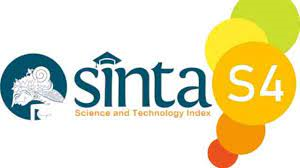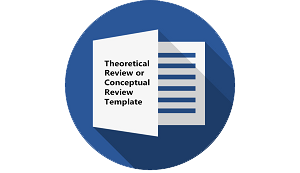The Form of Linguistic Landscape Name and Gala in Lembah Gumanti Subdistrict
DOI:
https://doi.org/10.30957/ijoltl.v6i1.647Keywords:
language form, linguistic landscape, name and galaAbstract
This study aims to describe the form of the linguistic landscape of names and gala in Lembah Gumanti Subdistrict. This research was conducted qualitatively using a linguistic landscape approach. The data in this study are names and gala in public spaces in Lembah Gumanti Subdistrict. The data source is billboards in Lembah Gumanti District. This research data was collected by being photographed using a smartphone and analyzed using the theory of language forms. The method used to analyze the data is the equivalent method. Data is presented using formal and informal methods. After analyzing the data in this study, it was found that the form of language used in the name and gala in Lembah Gumanti Subistrict was generally at the word level for the name which was dominated by a phrase consisting of two words for gala. In addition, the names and gala that appear in public spaces in Lembah Gumanti Subistrict are dominated by noun word classes.
Downloads
References
Bosa, F. M. Tuanku Bosa XIV. (2015). Gelar Kehormatan dalam Adat Minangkabau. http://www.jambiekspresnews.com/berita-584galasangsako
-adat-minangkabau.html. Diakses, Juni 2018.
Campbell, Lyle. (1996). Historical Linguistics. Edinburgh: Edinburgh University Press.
Coluzzi, Paolo. (2012). “The Linguisitic landscape of Brunai Darussalam: Minority Languages and the Threshold of Literacyâ€. Southeast of Asia: A Multidiciplinary Journal. 12(3): 345-356.
Darmawan, Rahmat. (2019). “Lanskap Linguistik Di Destinasi Wisata Danau Tobaâ€. Disertasi. Medan: FIB USU.
Ferdianti, Intan Novita. (2016). “Multilingualisme dalam Lanskap Linguistik di Wilayah Kota Surabaya.†Tesis. Surabaya: FIB UNAIR.
Gorter, Durk. (2008). Linguistic Landscape: New Approach to Multilingualism. Toronto: Multilingual Matters, Ltd.
Hosein, Haslizen. (2015). Gala dan Nama: Apakah Suatu Harapan, Kehormatan atau Hanya Sekehendak?. https://lizenhs.wordpress.com/2015/05/05/gala-dan-nama-apakah-suatu-harapan-kehormatan-atau-hanya-sekehendak/. Diakses, Mei 2020.
Jufrizal. (2007). Tipologi Gramatikal Bahasa Minangkabau: Tataran Morfosintaksis. Padang: UNP Press.
Kridalaksana, Harimurti. (2008). Kelas Kata dalam Bahasa Indonesia. Jakarta: Gramedia.
Muslich, Masnur. (2009). Fonologi Bahasa Indonesia: Tinjauan Deskriptif Sistem Bunyi Bahasa Indonesia. Padang: Bumi Aksara.
Oktavianus. (2017). “Lanskap Linguistik dan Variasi Bahasa: Kajian terhadap Nama-nama dan Label Rumah Makan Minangâ€. Penelitian RUPT. Padang: FIB UNAND.
Sibarani, Robert. (2004). Antropolinguistik. Medan: Penerbit Poda.
Sudaryanto. (2015). Metode dan Aneka Teknik Analisis Bahasa. Jakarta: Sanata Dharma University Press.
Ulmann, Stephen. (2007). Pengantar Semantik. Jakarta: Pustaka Pelajar.
Downloads
Published
How to Cite
Issue
Section
License
Authors who publish with this journal agree to the following terms:
- Authors retain copyright and grant the journal right of first publication with the work simultaneously licensed under a Creative Commons Attribution-ShareAlike 4.0 International License that allows others to share the work with an acknowledgement of the work's authorship and initial publication in this journal.
- Authors are able to enter into separate, additional contractual arrangements for the non-exclusive distribution of the journal's published version of the work (e.g., post it to an institutional repository or publish it in a book), with an acknowledgement of its initial publication in this journal.
- Authors are permitted and encouraged to post their work online (e.g., in institutional repositories or on their website) prior to and during the submission process, as it can lead to productive exchanges, as well as earlier and greater citation of published work (See The Effect of Open Access).












